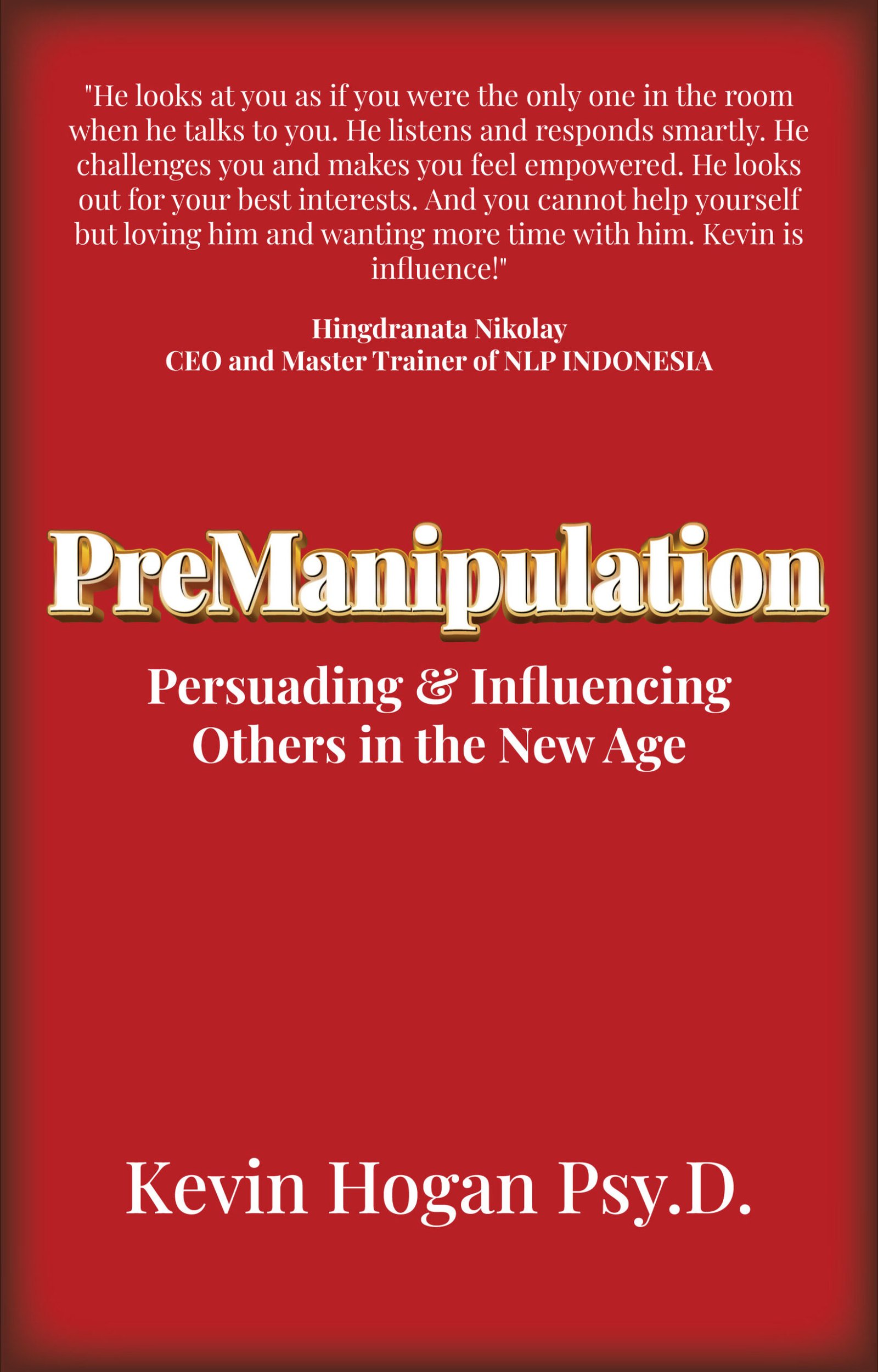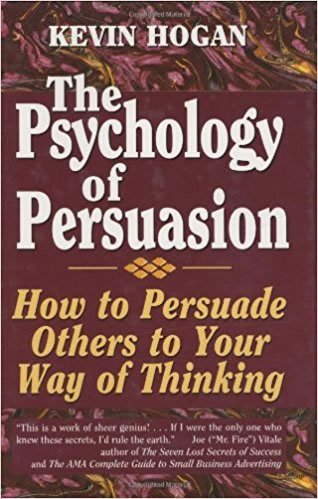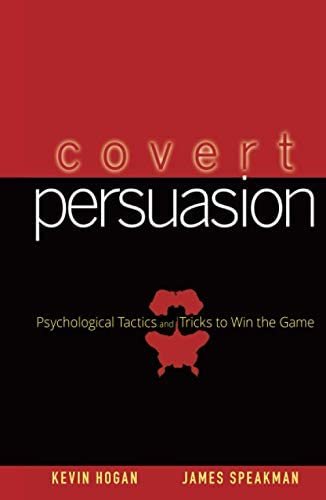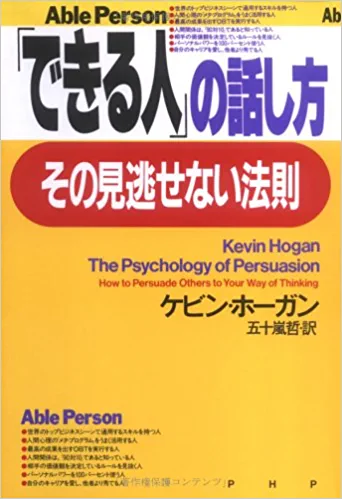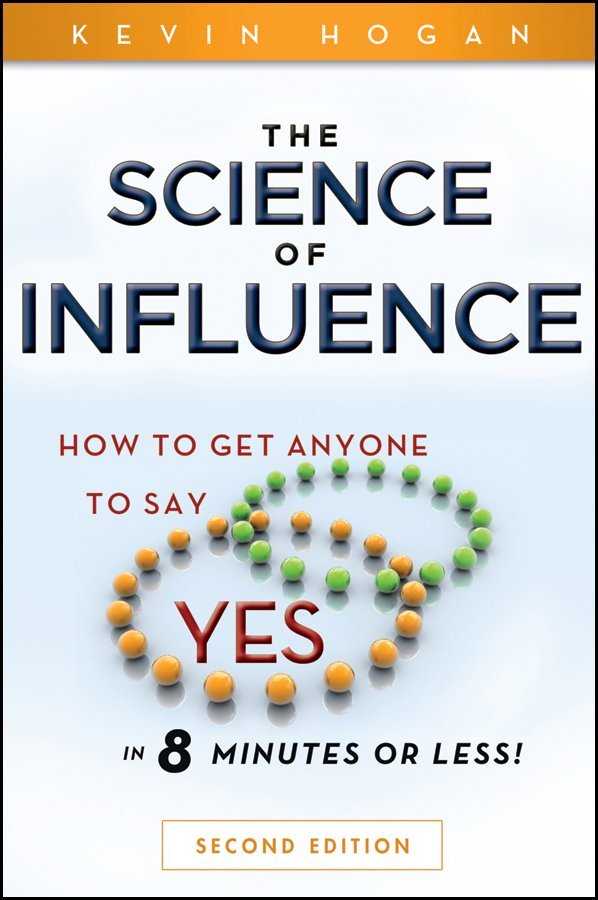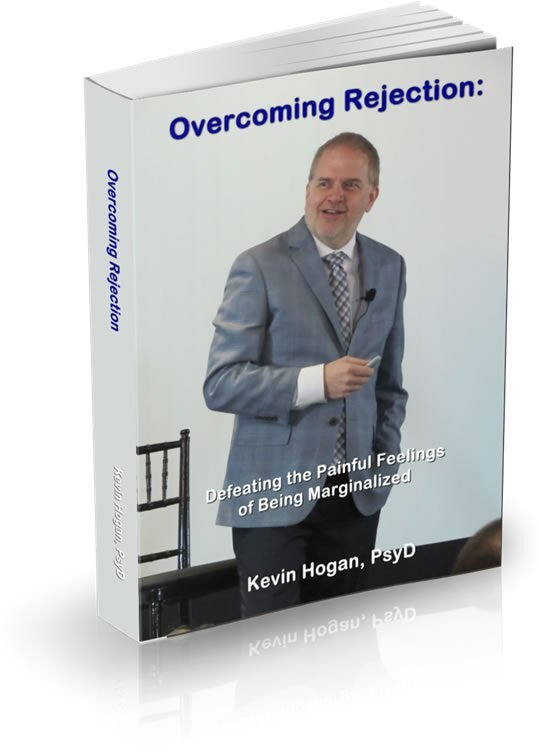Can Smiling Make You Happy? And What Was that about Botox?
It was all pretty exciting for the “positive psychology movement!”
You know, “smile and you’ll be happier.” Heck it SOUNDS GREAT.
Charles Darwin was one of the first, along with American psychologist William James, to suggest that physiological changes had a direct impact on, rather than being merely the consequence of that emotion. He said, “Even the simulation of an emotion tends to arouse it in our minds.”
 Fast-forward the 1980s, almost a century after Darwin and James talked about physiological effects on emotions, the “facial feedback hypothesis” was gaining momentum, and in 1988 Strack, Martin, and Stepper from Mannheim University in Germany published an often misquoted/mis-cited small study on the emotional effect of producing a smile. They instructed participants to rate the funniness of cartoons using a pen that they held in their mouth. The pen was either held sideways by the teeth to produce a smile, or between the lips, to simulate a pout.
Fast-forward the 1980s, almost a century after Darwin and James talked about physiological effects on emotions, the “facial feedback hypothesis” was gaining momentum, and in 1988 Strack, Martin, and Stepper from Mannheim University in Germany published an often misquoted/mis-cited small study on the emotional effect of producing a smile. They instructed participants to rate the funniness of cartoons using a pen that they held in their mouth. The pen was either held sideways by the teeth to produce a smile, or between the lips, to simulate a pout.
Result: The effect was “small” according to the researchers. When you see just how small you may never believe fake news again.
In the discussion section of the paper? “Interestingly, a strict application of self-perception theory (Bern, 1967) would not predict a facial feedback effect in this study.”
But that’s not how the media grabbed a headline that would screw up millions of kids and a lot of “believing adults” lives. YOU have been told, “Smiling makes you feel better.”
“Put a smile on your face.”
“Smiling makes you happier.” (That means how you feel is your fault because you don’t smile all that often.)
But there is more bull to be cleaned up.

The pen study was closely followed by another famous experiment (the experiment concept was famous though often cited, it’s rarely read) in which a (truly brilliant) psychologist and expert in emotions, Robert Zajonc asked subjects to repeat vowel sounds that forced their faces into either a long “e” sound, which mimicked a smile or a long “u,” which created a sort of pout. Subjects reported feeling good after making the long “e” sound, and feeling bad after the long “u.”
The study made NO claim as to why someone felt whatever they felt. They also made no assumptions as to why the results they got were what was reported. Why might that “eee” sound in English like “hee hee” make someone briefly feel a little better than than the “you” “u” sound like “pew” or “poo?”
The answer?
Round One of Setting the Record Straight on Smiling
Forcing a smile is something people do when they are happy and it’s something they do when they are sad when they are covering up their true feelings.
Anirban Mukhopadhyay, an associate professor of marketing at Hong Kong University of Science and Technology. “However, people also smile when they are unhappy, to mask negative emotion or to try and become happy.”
In a series of three experiments varying from day long experiences to in the moment views of funny pictures, the results were simple.
When the researchers analyzed the results of the three experiments, they concluded that those people in the study who did not typically smile when they were happy felt worse when they smiled frequently, whereas the people who often smiled when they were happy felt better when they smiled frequently.
“More generally, we think that making people who are feeling bad smile could backfire and make them feel worse, because they may interpret smiling as trying to become happy.” Mukhopadhyay said.
“Smiling frequently would remind them of being not happy,” he said. One suggestion was to not intentionally try and smile until they had resolved negative emotional experience. The study was published in the July 2014 issue of the Journal of Experimental Social Psychology.
The Knock Out Round about Smiling
17 laboratories around the world enlisted 1,894 participants (!) attempted to replicate the findings of everything we’ve talked about to this point.
They found nothing.
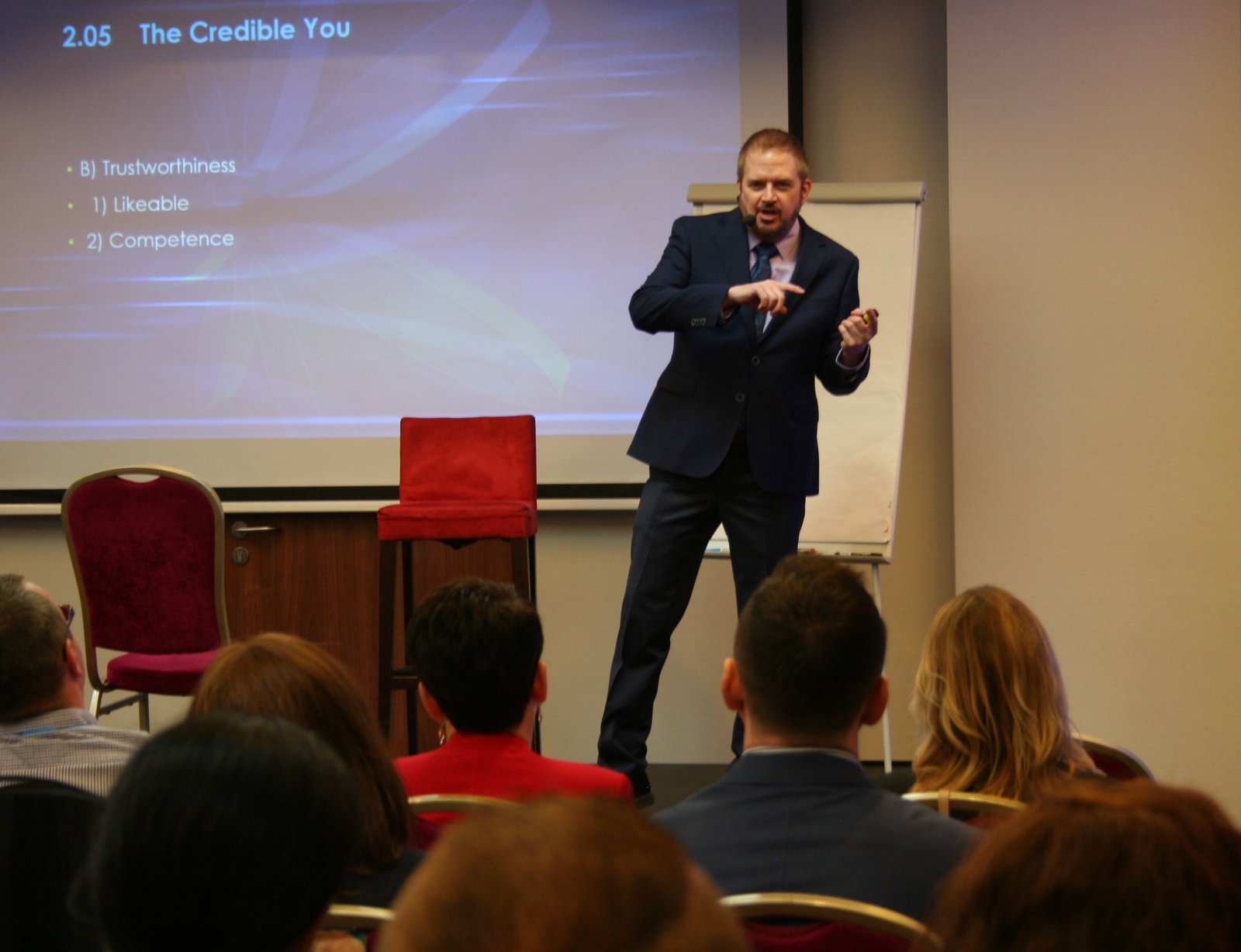
Dr. Strack’s (the professor with the pen) comment on the worldwide research, “Now, I’m not sure what we’ve learned [from the new findings] other than the effect is not very strong, and that, we knew to begin with.”
“None of the experiments yielded a statistically reliable effect individually,” Dr. Eric-Jan Wagenmakers (University of Amsterdam) said.
Sadly, when massive studies like this are done that attempt to replicate smaller older research, you know what I’ve shared with you many times… 2/3 of all psychological studies are not replicated. You can read that as the headline was wrong, and that’s all that makes it to Facebook.
Sometimes humans look so hard to see something they see what they want to see.
Sometimes researchers simply post flawed data as getting published in the field is a big deal and means a great deal to schools, professors and funding. I’ve been privy about flawed data collection and data being changed to support the hypotheses of papers. It’s common. But well done replication attempts help the best minds sort out what really works and matters and what doesn’t.
But wait! Check this out…
Botox as an Anti-Depressant
Here’s a subject I wasn’t writing about even 10 years ago. Botox and neuroplasticity.
Some social psychologists say humans identify emotions in part by mimicking each other’s facial expressions. (This is the argument for mirror neurons.) So if life, (or age) has given you a frown (or RBF, as some call it) and you want to feel happier, or for others to feel more positively around you, or ascribe happier emotions to you, you either need to make efforts to smile more after resolving those negative emotions mentioned above, or head to the cosmetologist for some injections. A win-win, you would think.
But wait….there really is more..
Life after Botox
The recent positive research into Botox and emotions.
Some of the studies’ authors, along with myself, are concerned with the possibly damaging effects of the inhibition of a full-range of emotions, both on the users internal world, and for connecting with and reading others.
First, botox has it’s place. For some people it makes them feel better over time and that is a very good thing. For others it’s a reminder that the individual is flawed and defective in some way.
Studies of emotions in Botoxed subjects show less brain scan activity when looking at sad and angry pictures than their un-Botoxed counterparts.
They got…nothing…
In another study, two weeks after receiving a forehead injection of Botox, patients read statements designed to evoke anger (“The pushy telemarketer won’t let you return to dinner,” sadness (“You open your e-mail in-box on your birthday to find no new e-mails”) or happiness (“The water park is refreshing on the hot summer day.”). The Botoxed patients took longer to press a button indicating that they’d understood the angry and sad sentences. There was no change in how long it took them to understand the happy phrases.
And when researchers at the University of Cardiff in Wales administered an anxiety and depression questionnaire, they found that those who had received frown-inhibiting Botox injections were, on average, happier than people who could frown. One study, conducted at Columbia University, compared Botox and Restylane in 68 people and discovered Botox injections may decrease a person’s ability to feel emotions. Its lead author, psychologist Joshua Davis, says the finding “would suggest that facial expression is an integral component of what we consider our emotional experience.”
In the field of Kinesoiology which studies body movements, performance, and function, the inability to feel emotion, or some other key function, due to physiological changes is regarded as positive or negative, depending on the outcome.
Neuroplasticity is a key scientific principle that studies how the brain self repairs when damaged in some way. When used in kinesiology the idea is to describe how movement and changes in the brain are related. The human brain adapts and acquires new motor skills based on this principle, and those can be adaptive or maladaptive.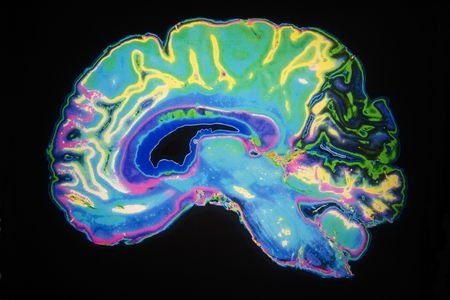
Adaptive plasticity – There is considerable evidence of significant impact of physical activity on brain function; for example, greater amounts of physical activity are associated with enhanced cognitive function in older adults and, after long-term training, pianists show greater gray matter density in sensorimotor cortex and white matter integrity in the internal capsule compared to non-musicians.
Maladaptive plasticity – on the other hand, neuroplasticity with negative effects or detrimental consequences in behavior is considered maladaptive. Movement abnormalities may occur among individuals with brain injuries or brain damage, such as stroke.
Through the Looking Glass
British Sci-Fi TV series, Black Mirror to put a sinister spin on emerging social and technological trends. The hugely impactful 2017 episode, Arkangel, directed by Jodie Foster, presents the story of a mother who implants her daughter with micro-chip technology which censors obscenity and other stressful stimuli by pixellation and audio distortion. The helicopter parenting goes wrong when her daughter is unable to respond appropriately to her grandfather’s stroke, and as she grows up unable to relate to others and emotionally mature, due to the lack of exposure to stressful stimuli.

So, the jury is out on whether an inability to feel or recognize certain emotions is adaptive or maladaptive, but with 7.4 million Botox (or other brands) procedures taking place in 2018, a growth of 3% from the previous year, we could be dramatically changing our emotional landscape and possibly even our emotional intelligence over time.
Best guess for today: Botox will probably enhance how people feel about themselves. And it will often have a complete mirror effect as they look at the world looking at them.
“They see me as beautiful now.”
“They think I’m just as ugly as I was before.”
It’s still guess work but something we will bring back here again and again.
What else can our Bodies Make us Feel?
Typically long term effects of “in the moment” actions have not been shown to be significant. But every now and then everyone needs an internally created shot of hormones.
These are worth testing on yourself:
- Assuming certain postures – upright, slumped, expansive, immediately induces corresponding feelings of pride, sadness, power. ( Carney, Cuddy, & Yap, 2010; Duclos, Laird, Schneider, & Sexter, 1989; Riskind & Gotay, 1982; Stepper & Strack, 1993).
- Holding a posture that expresses power for 2 min, not only increased feelings of power, but also resulted in physiological responses, namely reduced cortisol and increased testosterone (Carney et al., 2010).
- Combining facial expressions with matching expressive bodily postures resulted in corresponding feelings which lasted several minutes after stopping these behaviors (Schnall & Laird, 2003), and were stronger than engaging in either the facial expressions or postures alone (Flack, Laird, & Cavallaro, 1999).
To find out more about how to determine what is happening in our bodies at the unconscious level, check out this special offer:
BODY LANGUAGE: Decoding, Interpreting & Mastering Non-Verbal Communication
with body language expert Kevin Hogan
This is a Complete Home Study Course. (A portion of this course is interactive with your computer!)
The Advanced Home Study Course in Analyzing Nonverbal Communication!
When you discover the secrets of body language, you can be the one who:
- Never gets lied to
- Knows when they are attracted to you
- Knows when they are uncomfortable
- Is in control 100% of the time!
The exact same nonverbal communication that gets people to buy from you are the same ones that get them to buy you. Whether you want to master body language to make the sale or get the girl (or guy) this program reveals all the secret codes hidden for so long! Absolutely no one has all of this information. Period. My proprietary research (which you are going to receive!) brings you to the cutting edge of having people fall in love with you in literally a matter of seconds.
You are going to discover what really gets the sale, the promotion, and what seals or kills the deal.
Between 60% and 75% of all of your communication is nonverbal. Are you attracting or repelling people around you? Are you making every sale you could be? How are people reading you?
In the first four seconds people will make judgments about you:
- I will or will not buy from this person.
- I will or will not like this person.
- I find this person kind, or not.
- I find this person intelligent or not.
And now for the most amazing part of the course: 6 CDs and Video are INTERACTIVE with our secret website filled with photographs to analyze!
You move through a catalog of photographs and nuance by nuance analyze the small lines, wrinkles, facial expressions, hand and body placement. All these details are explained to you by body language expert, Kevin Hogan.
The first two introductory CDs are geared toward helping you make an incredible impression in those first four seconds. This advanced portion of the home study course is all about the other person! Now you can discover whether they are lying or not. You can find out the cues of annoyance, covering hidden feelings, and whether they like you or not.
You are going to learn to read people in virtually an instant. Kevin will introduce you to what he does when The New York Post, First for Women, Cosmopolitan, Playboy, The Star, Maxim, Success, Selling Power and the rest of the media call!
Over the past 20 years we’ve collected over 100 pictures of celebrities that he has analyzed for the media. Jennifer Lopez, Ben Affleck, Bill Clinton, Hillary Clinton, Chelsea Clinton, Angelina Jolie, Arnold Schwarzenegger, Maria Shriver, Faith Hill, Tim McGraw, The Sex and the City girls, Drew Barrymore, Kurt Russell, Goldie Hawn, Beyonce Knowles, Liz Hurley, Pamela Anderson, Stephen Spielberg, and dozens more.
As you progress through the course, you will become proficient at reading and analyzing body language! And of course, I’m giving you the keys to my password-protected secret website with over 100 photos of the stars ready to analyze!
This is a complete seminar in reading, decoding and interpreting body language from the source. Nothing is missing and YOU have access!
You will receive my complete analysis of EVERY PHOTOGRAPH on Six (6)additional Digital Audio CDs (8 total in this course!) Your Secret Password to the Hidden Website for the Interactive Photo Gallery will come with your package.

More Information on body language or to order

